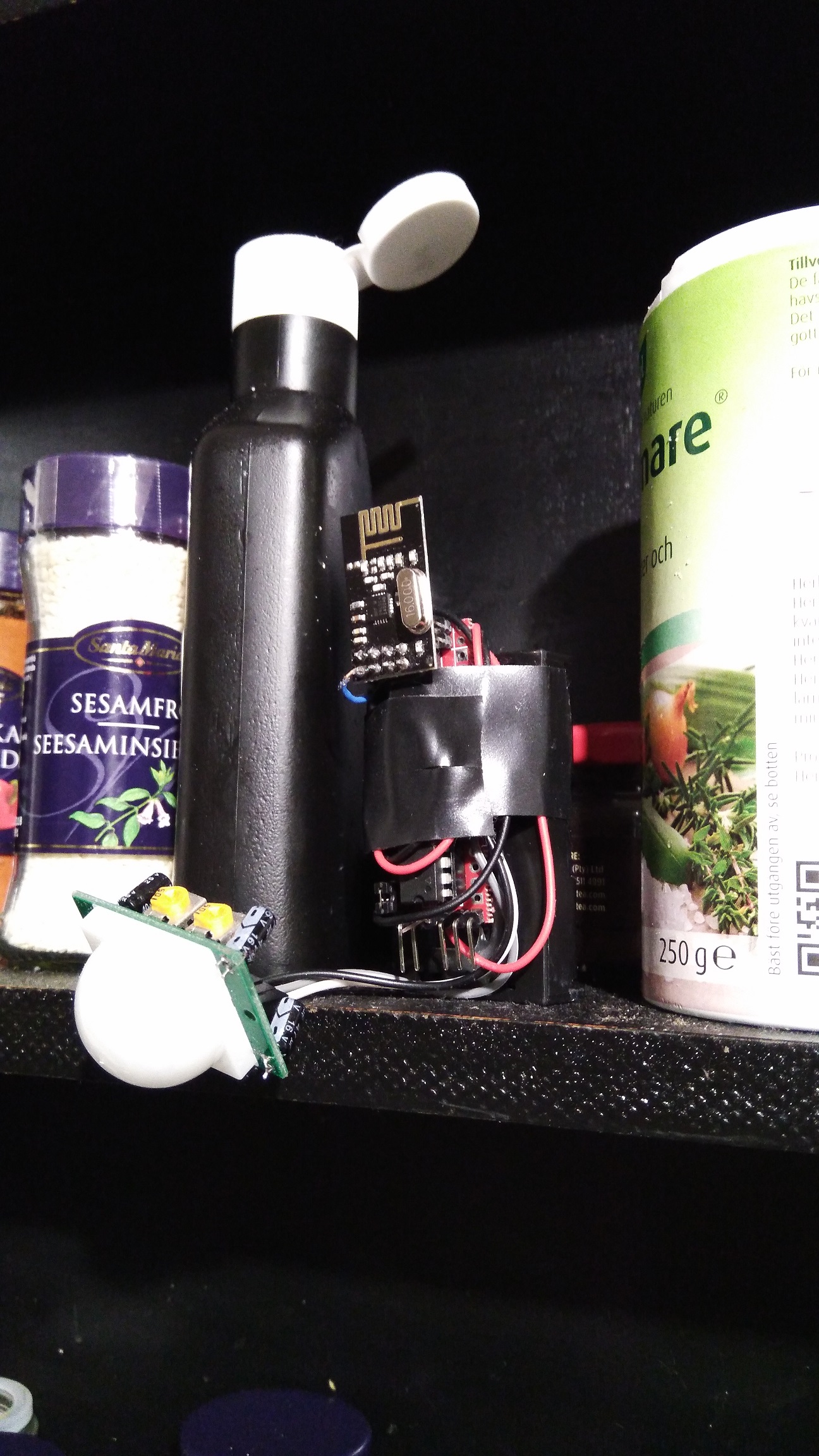What did you build today (Pictures) ?
-
Another one of my brand new device is ready, today I finished the case for this device. This is a motion sensor on the S16-L221D-2. Also added a temperature and humidity sensor, it can be sht20-21, si7020-21, hd 1080, perhaps something else, now there are many sensors in such cases. Powered by a "nuclear" battery 2/AA (14250) 3.6 V. Powered by a chip nRF52811. I added support for this chip to the sandeepmistry boards.
Soon this sensor will be available at openhardware.io
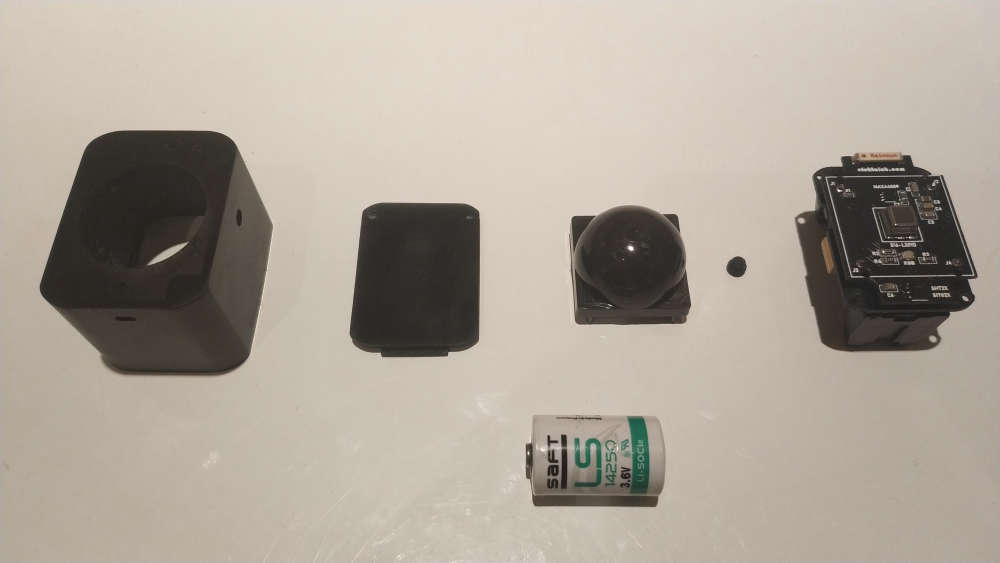
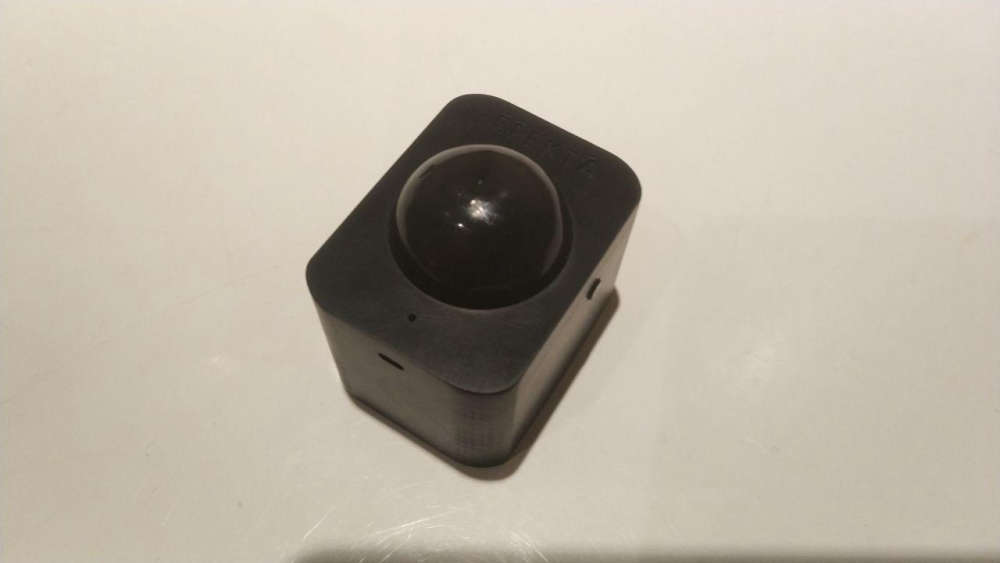
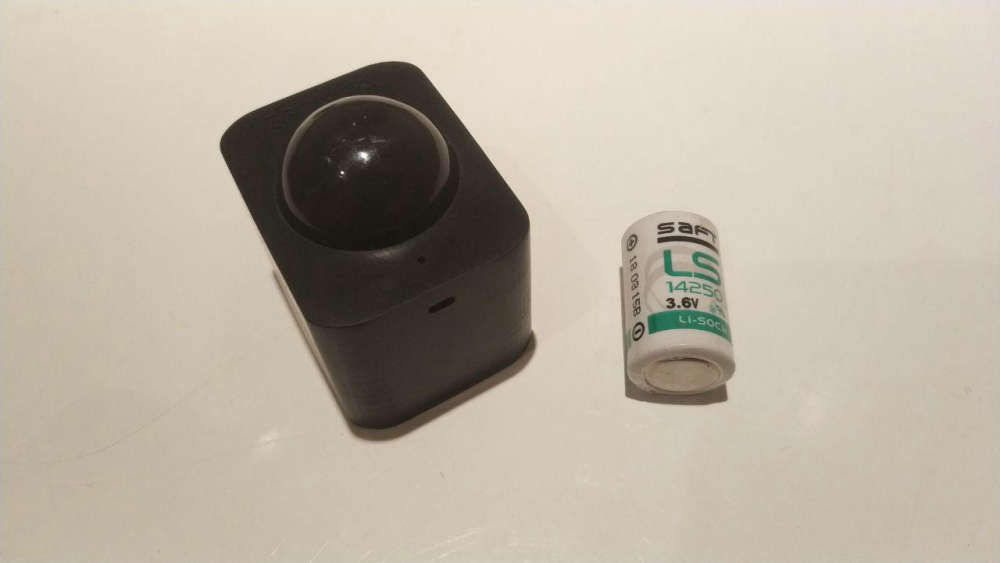
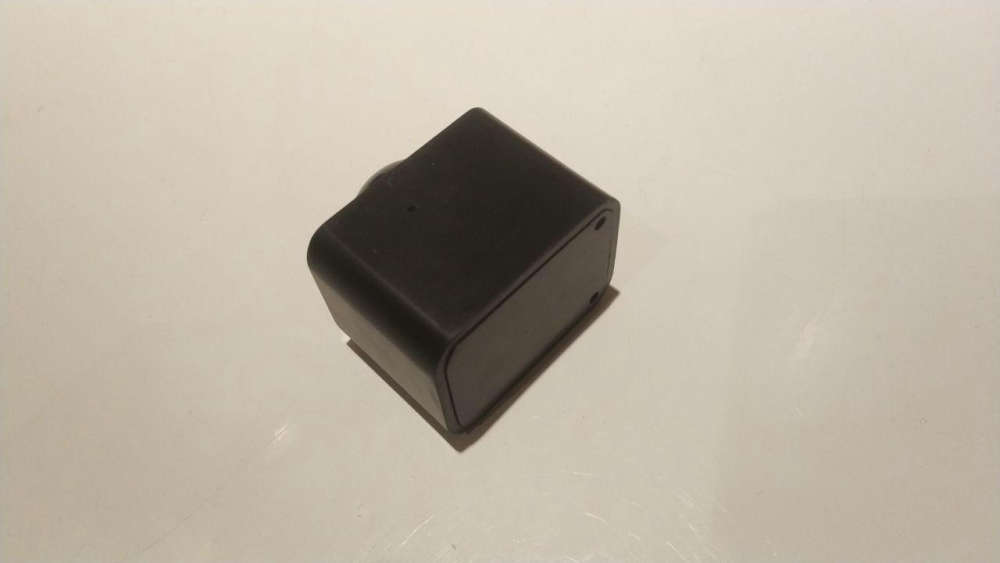
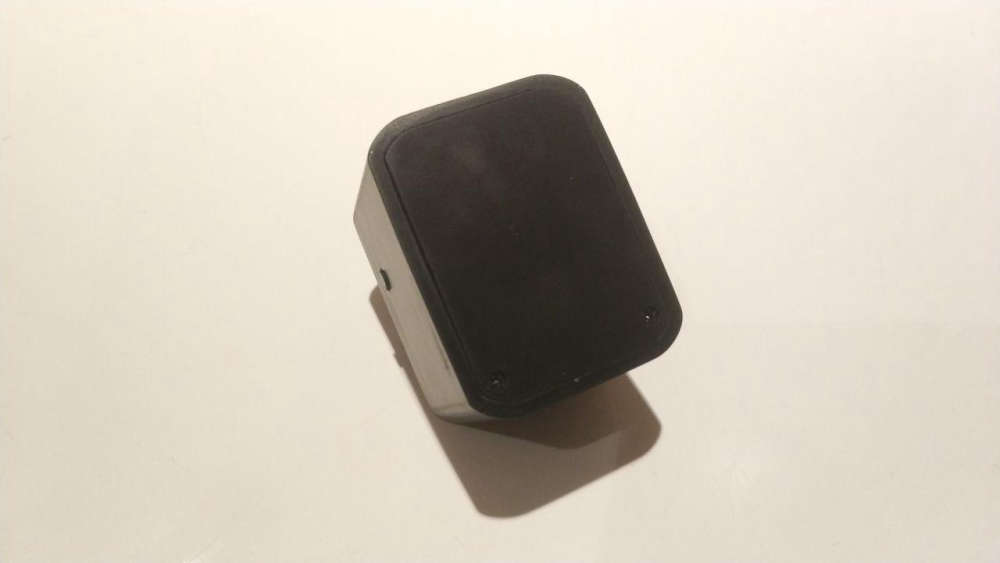
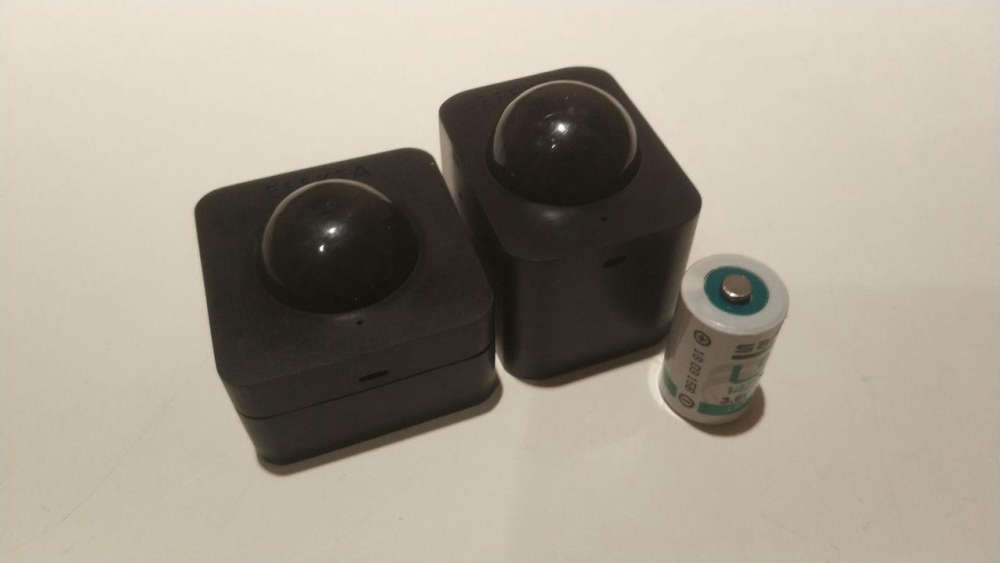
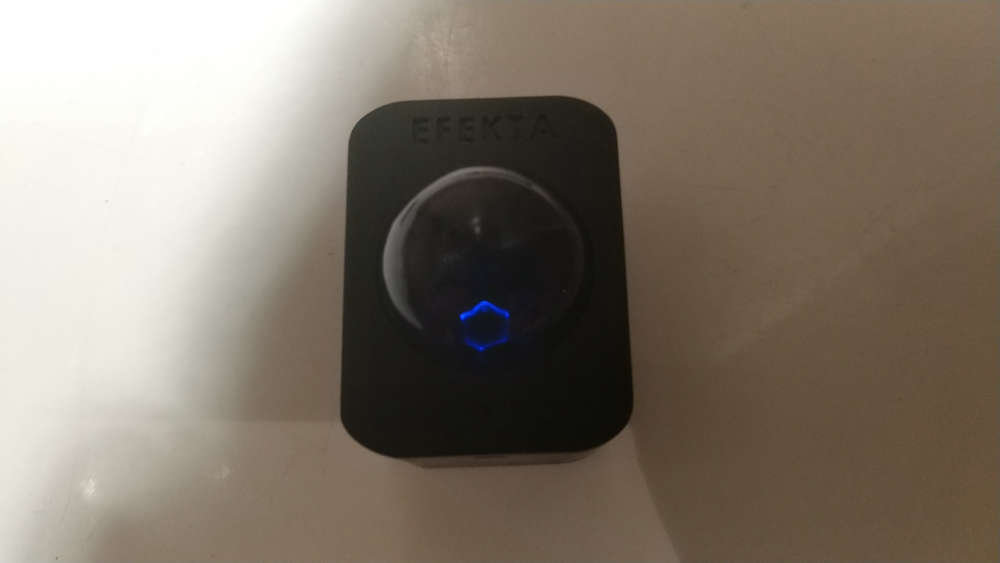
-
Not hardware though, but I'm working on my dashboard solution for a wallmounted tablet.
I kind of already have this working in angular, but lately I have switched to react (joined a new project at work where they use react for frontend development), so wanted to see how "easy" it would be to create a something similar to my angular dashboard, but in react instead.
Made a small screencast of the dashboard, and are now playing around with "fully kiosk browser" on an old android tablet. Next step is to create a wooden frame, so it doesn't look like a tablet that is mounted on the wall (for WAF'ines).
All data, except weather forecast and channel lists, is from my mqtt broker, where I use mqtt over websockets.I have a bunch of python scripts, and a node-red instance, to wrap things up for the display, and also do a lot of magical stuff, like turning on TV and amplifiers automatically when casting youtube, and then turn the TV etc. off again, when I haven't streamed anything for a couple of minutes. (So the kids doesn't forget to turn off the TV when they're finished watching cartoons)
-
Today i fired up my controller after 6 months houserenovation. Upgraded to new 2.3 version and instantly some old nodes started reporting again 😀. Yes, there were some without battery but several temp and binary nodes survived 6 months without supervision.

-
Today i fired up my controller after 6 months houserenovation. Upgraded to new 2.3 version and instantly some old nodes started reporting again 😀. Yes, there were some without battery but several temp and binary nodes survived 6 months without supervision.

@sundberg84 Out of curiosity, did you have battery powered Nodes trying to contact a dead controller or did you shut them all down?
When the Controller here died in June/July, the hit on Node voltage was quite spectacular compared to normal decay, in this instance the gas meter which was only supplying hot water and cooking...
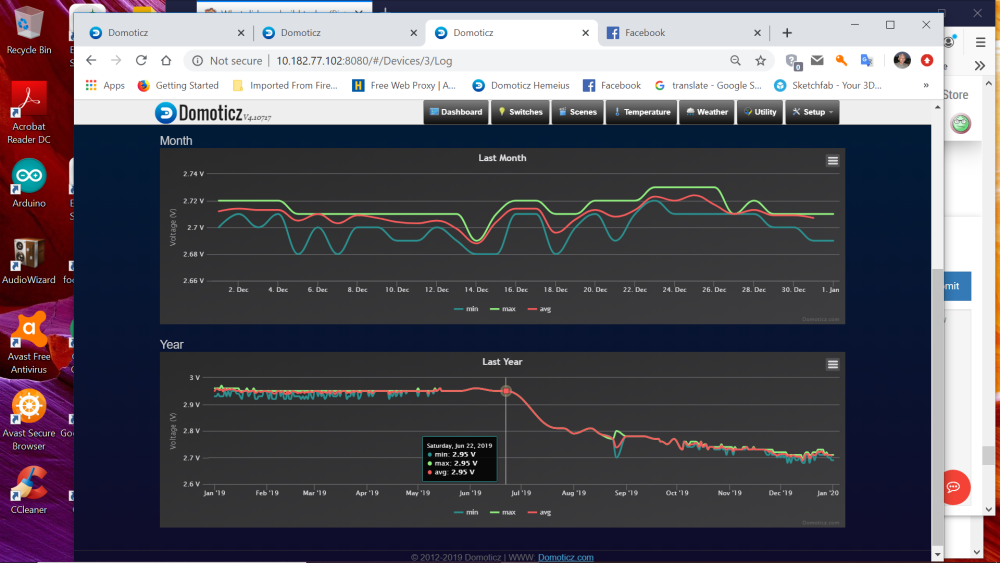
-
Not hardware though, but I'm working on my dashboard solution for a wallmounted tablet.
I kind of already have this working in angular, but lately I have switched to react (joined a new project at work where they use react for frontend development), so wanted to see how "easy" it would be to create a something similar to my angular dashboard, but in react instead.
Made a small screencast of the dashboard, and are now playing around with "fully kiosk browser" on an old android tablet. Next step is to create a wooden frame, so it doesn't look like a tablet that is mounted on the wall (for WAF'ines).
All data, except weather forecast and channel lists, is from my mqtt broker, where I use mqtt over websockets.I have a bunch of python scripts, and a node-red instance, to wrap things up for the display, and also do a lot of magical stuff, like turning on TV and amplifiers automatically when casting youtube, and then turn the TV etc. off again, when I haven't streamed anything for a couple of minutes. (So the kids doesn't forget to turn off the TV when they're finished watching cartoons)
@tbowmo said in What did you build today (Pictures) ?:
Not hardware though, but I'm working on my dashboard solution for a wallmounted tablet.
Sigh, this is on my todo list for a long time. I have a working solution with imperihome (gateway to imperihome implemented in node-red) but never get to mount the tablet. :(
I kind of already have this working in angular, but lately I have switched to react
Second sigh.... popularity of angular seems to decrease. Do I have to learn another framework?
(joined a new project at work where they use react for frontend development), so wanted to see how "easy" it would be to create a something similar to my angular dashboard, but in react instead.
...
All data, except weather forecast and channel lists, is from my mqtt broker, where I use mqtt over websockets.
Third sigh :) I like your chosen architecture except for the decision using websockets. (It is neither nice from a security standpoint nor is it proxy friendly, but who cares in a closed home enviroment.)
I have a bunch of python scripts, and a node-red instance, to wrap things up for the display, and also do a lot of magical stuff, like turning on TV and amplifiers automatically when casting youtube, and then turn the TV etc. off again, when I haven't streamed anything for a couple of minutes. (So the kids doesn't forget to turn off the TV when they're finished watching cartoons)
I really like your project. Maybe you can publish some react code? (Then I can try t understand another ui framework...)
-
@tbowmo said in What did you build today (Pictures) ?:
Not hardware though, but I'm working on my dashboard solution for a wallmounted tablet.
Sigh, this is on my todo list for a long time. I have a working solution with imperihome (gateway to imperihome implemented in node-red) but never get to mount the tablet. :(
I kind of already have this working in angular, but lately I have switched to react
Second sigh.... popularity of angular seems to decrease. Do I have to learn another framework?
(joined a new project at work where they use react for frontend development), so wanted to see how "easy" it would be to create a something similar to my angular dashboard, but in react instead.
...
All data, except weather forecast and channel lists, is from my mqtt broker, where I use mqtt over websockets.
Third sigh :) I like your chosen architecture except for the decision using websockets. (It is neither nice from a security standpoint nor is it proxy friendly, but who cares in a closed home enviroment.)
I have a bunch of python scripts, and a node-red instance, to wrap things up for the display, and also do a lot of magical stuff, like turning on TV and amplifiers automatically when casting youtube, and then turn the TV etc. off again, when I haven't streamed anything for a couple of minutes. (So the kids doesn't forget to turn off the TV when they're finished watching cartoons)
I really like your project. Maybe you can publish some react code? (Then I can try t understand another ui framework...)
I was forced over to react, as the new project I was assigned to is using it (one of the downsides / luxuries of being in a large corporation). But yes, "Another framework". I can't decide if react is better than angular though. It's not as strict as angular on how to design things, but then the "strictiness" could be one of the strengths of angular.. I have experienced it a couple of times, where there are a lot of different ways to accomplish the same thing in react, so it's a bit harder to find the "Best way (tm)", whereas for angular it's a bit more strict path to implementations.
for the websockets, there might be security issues with it but if you want to have an open connection where you push data to the client, you don't have that many options available. I have thought about ditching mqtt for the frontend, and implement my own (websocket) protocol. Mainly to limit access to my mqtt broker, but there is only so many hours a day, and work, wife, kids etc. all want a part of them.. :)
The project is already on github, don't expect anything fancy though..
-
A 3D printed hanger for dupont cables, mounted on the inside of the wardrobe that is my electronics lab.
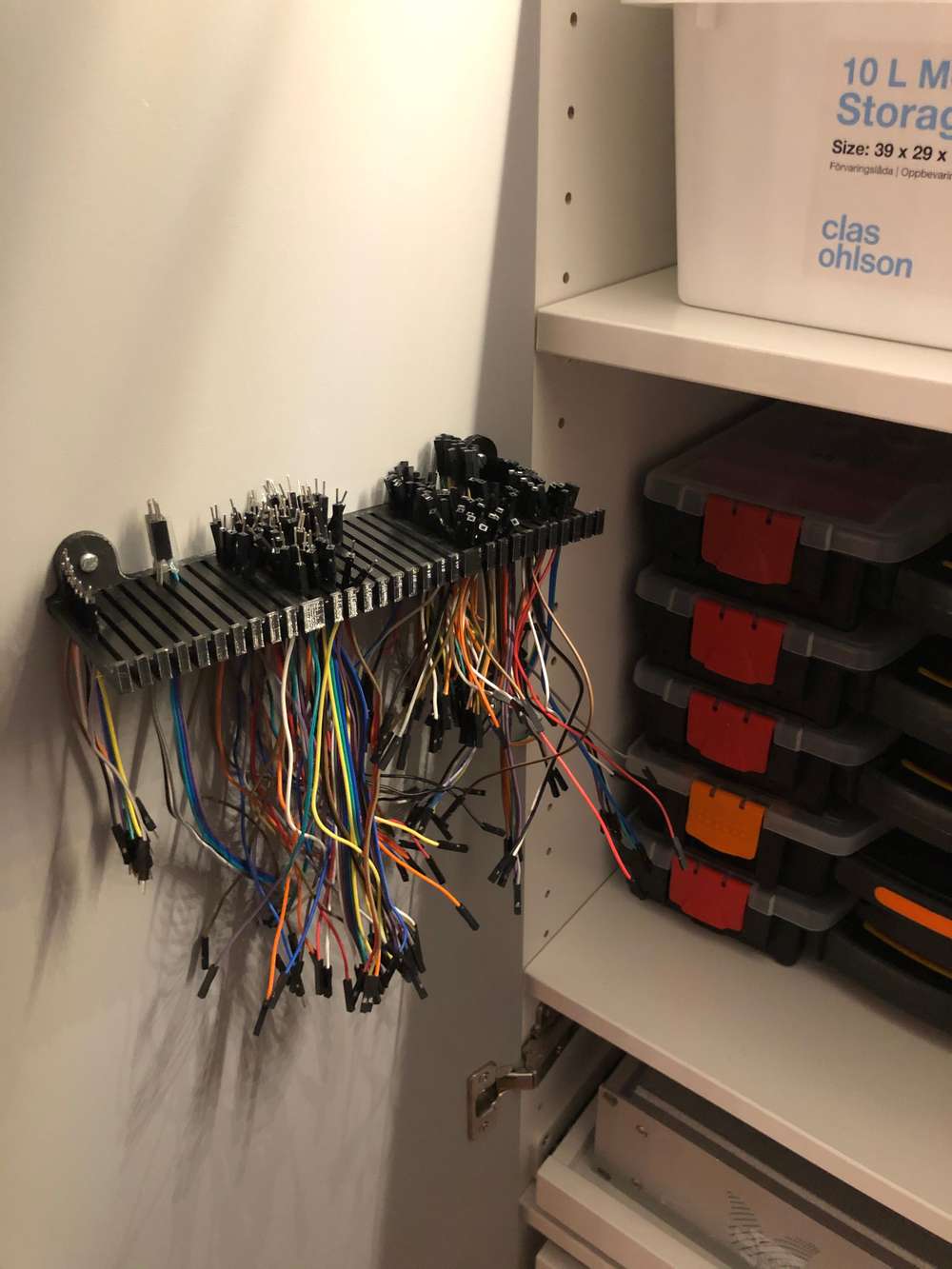
Found it on thingiverse, https://www.thingiverse.com/thing:3567126
@mfalkvidd Neat! It's so obvious once you see it. This is something I need. I have a box full of dupont cables, but it always seems I can't find the right length gender combination.
I also have a wide variety of USB cables hanging on hooks. Something like this with wider slots would be a better solution.
Gonna have to get that 3d printer on day.
-
After 4 months of finishing the new house, i finally started to build in my sensors :)
Do need to build a new repeater, since a part of the sensors are out of reach.
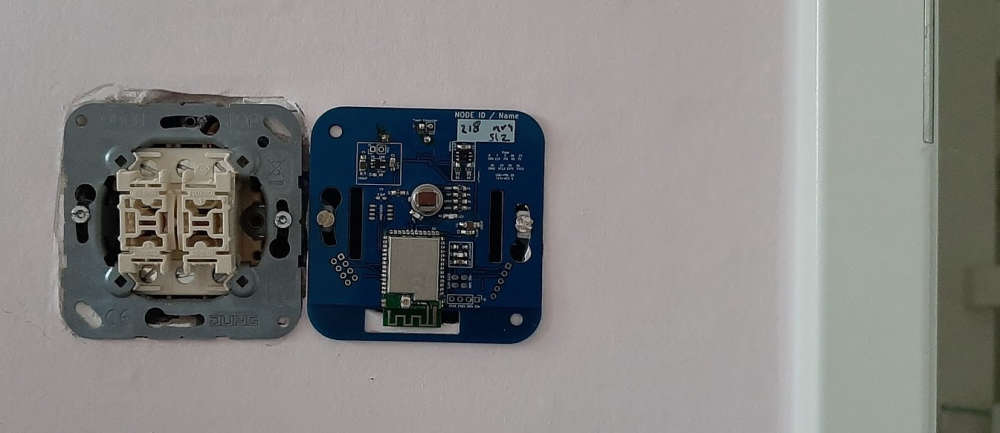
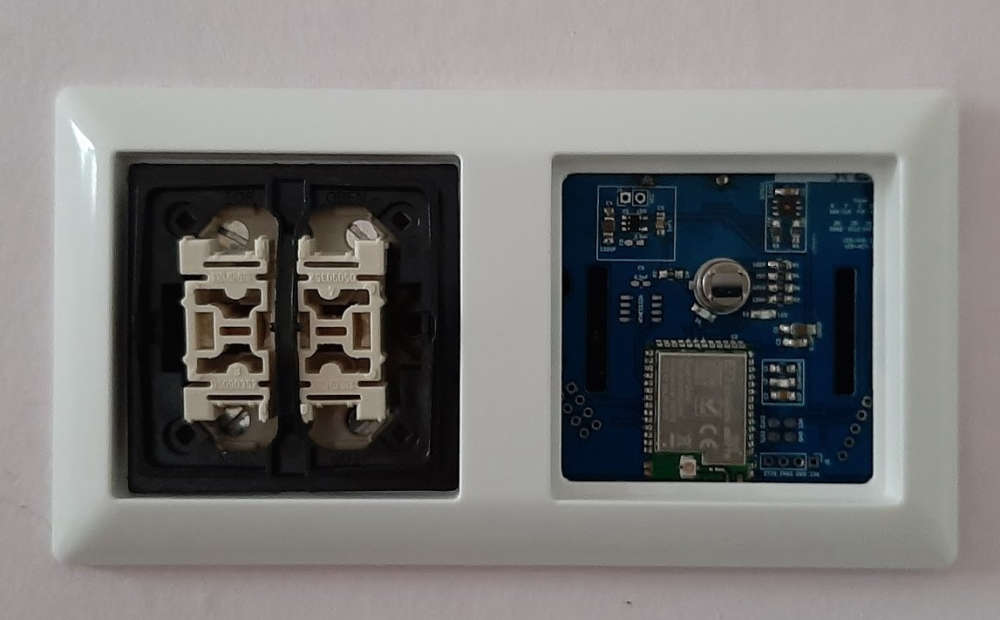
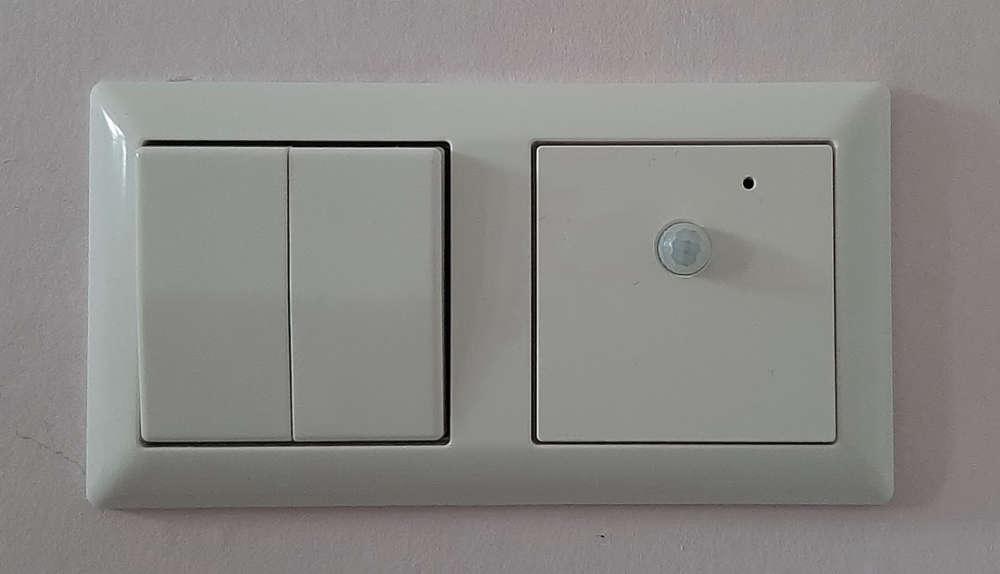
-
@nagelc Its al from jung. Series AS500. Its hard for me to search for sellers in the US.. Google forces me to search in the Netherlands.
My understanding that the standard inwall boxes in North America are pretty different than in Europe /Netherlands . The types I use always look like this
But I'll share my kicad files on openhardware.io, only thing you have to do is change the backplate.
This sensor : link
Also made a repeater, but this one is fairly unsafe( I got zapped installing it 😁). I just got the PCB's for a safer version I hope I can post pictures when everything works.
-
A relatively basic board, based on a cheap CDEByte module, some leftover iTead power supplies (with not so-well aligned footprint) and a PCA9555 to drive the SSRs directly. I have suspended ceiling with many light spots so I want to be able to control them either one by one (in small rooms with less than 8 spots) or by groups/area in bigger rooms. This will be hidden in the ceiling in an electric box so I have no size constraint and it was easy to respect the creepage/clearance distance and include slots.
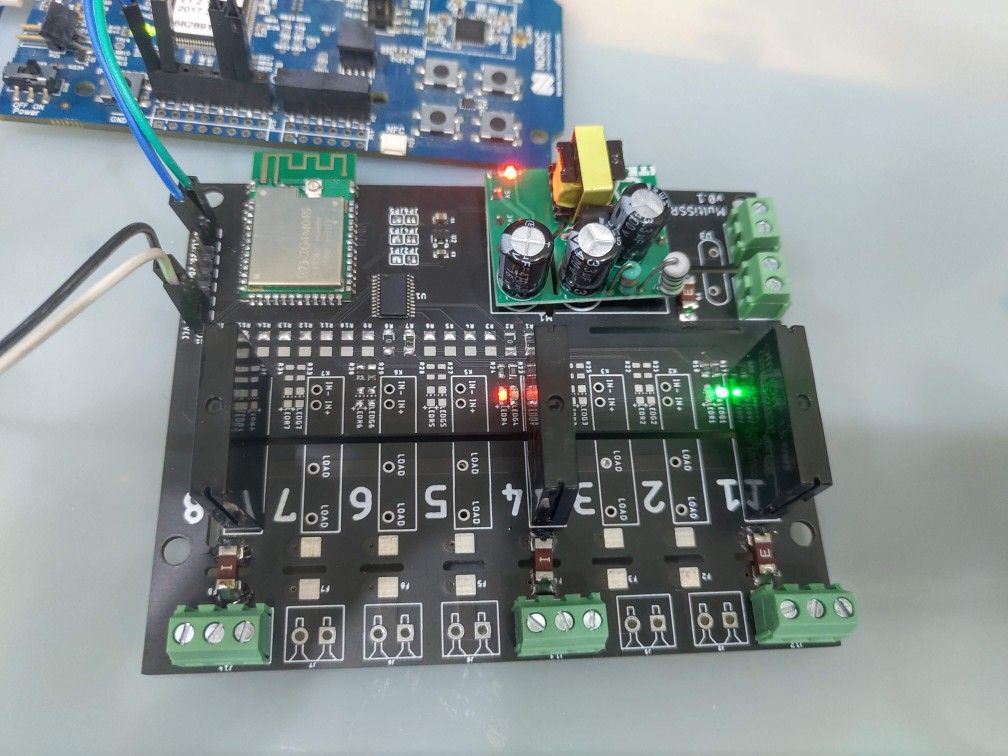
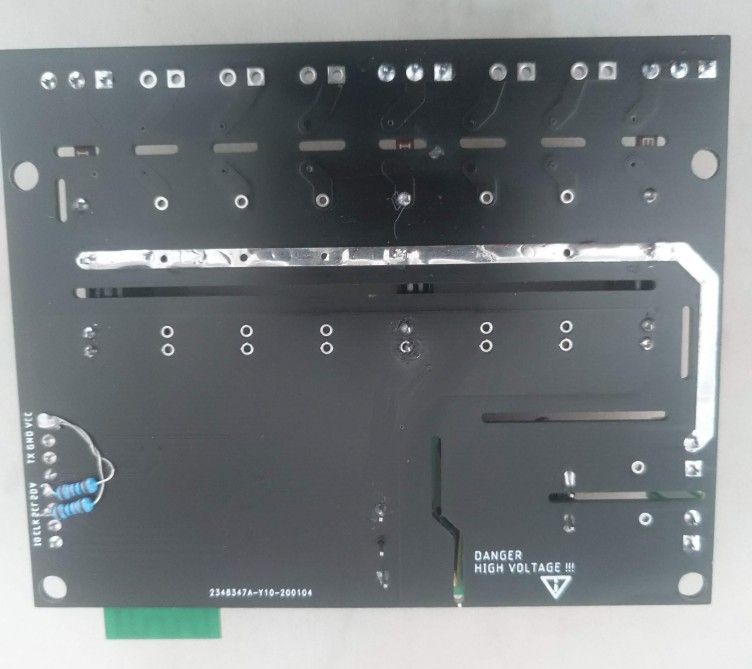
Resistors are the pullups for the I2C bus that I stupidely forgot :blush: (and yes I fixed that ugly solder point for the middle SSR)Result in Things Gateway:
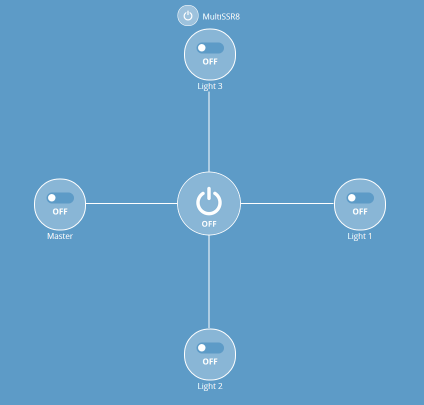
-
A relatively basic board, based on a cheap CDEByte module, some leftover iTead power supplies (with not so-well aligned footprint) and a PCA9555 to drive the SSRs directly. I have suspended ceiling with many light spots so I want to be able to control them either one by one (in small rooms with less than 8 spots) or by groups/area in bigger rooms. This will be hidden in the ceiling in an electric box so I have no size constraint and it was easy to respect the creepage/clearance distance and include slots.


Resistors are the pullups for the I2C bus that I stupidely forgot :blush: (and yes I fixed that ugly solder point for the middle SSR)Result in Things Gateway:

-
@Nca78 Looked at another way, once installed and sealed up it will also be a sort of time capsule. :+1:
@NeverDie said in What did you build today (Pictures) ?:
@Nca78 Looked at another way, once installed and sealed up it will also be a sort of time capsule. :+1:
I said hidden and not sealed. Unless you have worked really hard on the FOTA for nrf52 ? :p
-
Not so much a build as a case study in deploying Mysensors with Domoticz to solve a puzzle simply with heating.
Having retrofitted insulation 2 years ago to my relatively modern house (2013), seeing gas consumption plummet to 55% of previously was a joy. The unknown thermostatic valves and heads were replaced with Heimeier Eclipse and Halo devices a year ago and an undersized Lounge radiator replaced (all paid for out of the first year's savings). The original intent of electronic zone control was abandoned when prices rocketed since the original goal was it being self-funded by first year savings, so a Honeywell multi$ was nowhere on the cards in any instance.
As Honeywell and other modern valve manufacturers have manufactured for thermostatic control, the Eclipse is essentially a dual flow control valve, one part replicating the return or lockshield valve (which is left fully open), the other the thermostatic control. On paper the Eclipse offered the secondary advantage of being pressure agnostic per kW panel, you set the flow and it stays that way.Delighted though I was to break 50% savings over the original thereafter with rooms remaining within a 1.1c band, there were some rooms colder than were set which made me realise there was some imbalance which I didn't realise then was the transit time from boiler to radiator (or miscalibrated valves).
First step was smart in but stupid out, monitoring the boiler by attaching DS18B20s to the connection nuts. Outgoing measured temperature being 10c below the boiler setpoint should have given a clue, but a week of running round like a lunatic with a laser thermometer and a notebook proved I was none the wiser other than the radiator was hotter than the boiler sensor.
Hence deployed this, a temporary hookup of two DS18B20s on perfboard connected with Cat 5e and phone cable and held with hot glue, two G clamps and some cardboard to ensure they stayed put, and a roving Node...
![20200119_182618[1].jpg](/assets/uploads/files/1579454832610-20200119_182618-1-resized.jpg)
Not elegant but dysfunctional (hot glue struggled under heat and pressure including having to be levered off the radiator) but it enabled the problem to be identified, transit time... Being able to monitor both the top and bottom panel temperature in relation to the main rads helped nudge the time to get incoming temp close to that taken to hit the main rads +/- 1 minute within a cycle time of 18 minutes...
Not elegant, and Domoticz is useless being built around 5 minute intervals, but it still enables readings to be taken with a notebook and pen in one hand with a glass of Rioja in the other ;) Creeping up on it.. The improvements are felt before they are observed.
My point is, a temporary Node can serve a lot of useful purposes leading up to or supplementing the permanent structure.
The screenshot is two different targets being tweaked...
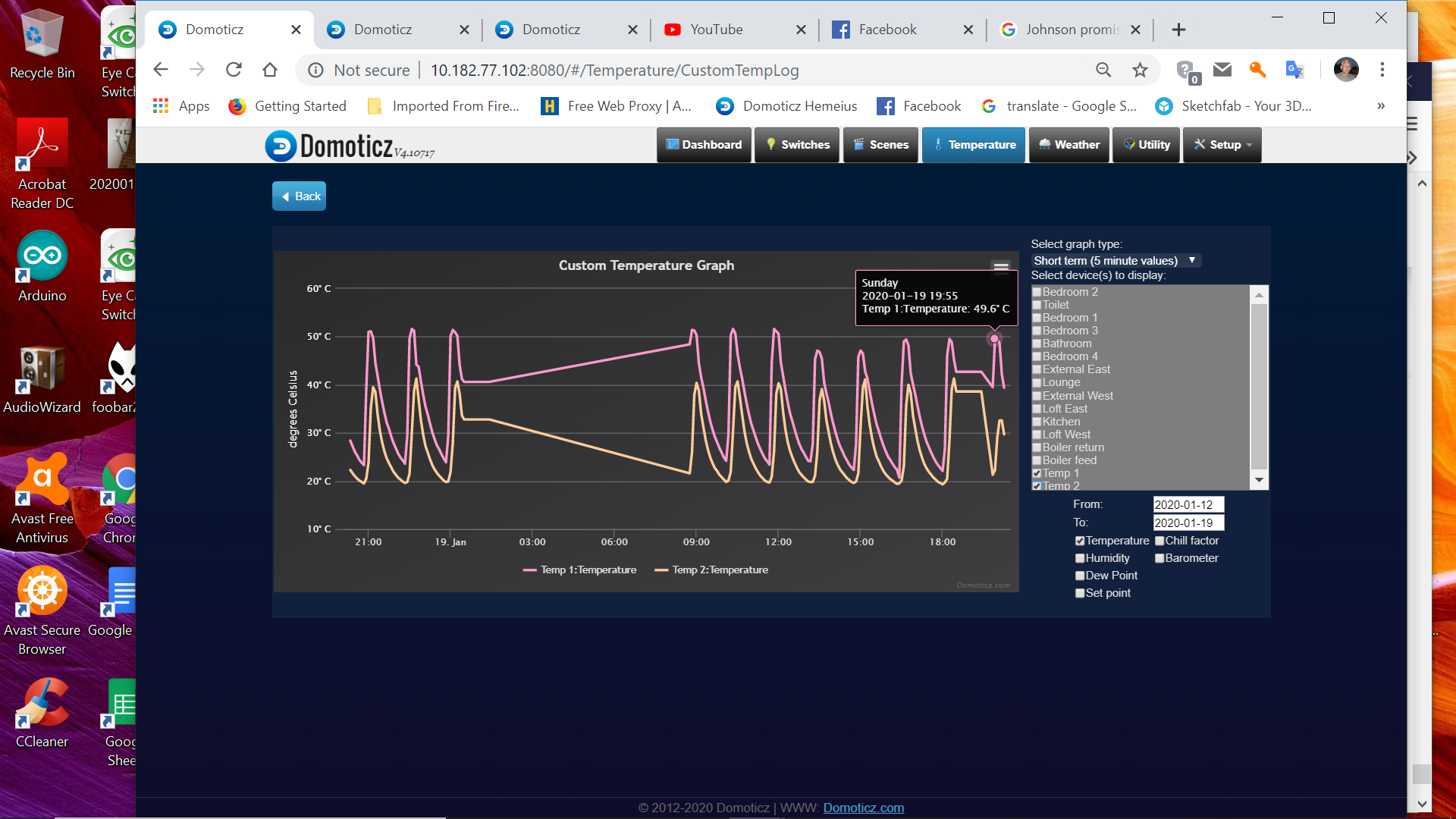
-
Not so much a build as a case study in deploying Mysensors with Domoticz to solve a puzzle simply with heating.
Having retrofitted insulation 2 years ago to my relatively modern house (2013), seeing gas consumption plummet to 55% of previously was a joy. The unknown thermostatic valves and heads were replaced with Heimeier Eclipse and Halo devices a year ago and an undersized Lounge radiator replaced (all paid for out of the first year's savings). The original intent of electronic zone control was abandoned when prices rocketed since the original goal was it being self-funded by first year savings, so a Honeywell multi$ was nowhere on the cards in any instance.
As Honeywell and other modern valve manufacturers have manufactured for thermostatic control, the Eclipse is essentially a dual flow control valve, one part replicating the return or lockshield valve (which is left fully open), the other the thermostatic control. On paper the Eclipse offered the secondary advantage of being pressure agnostic per kW panel, you set the flow and it stays that way.Delighted though I was to break 50% savings over the original thereafter with rooms remaining within a 1.1c band, there were some rooms colder than were set which made me realise there was some imbalance which I didn't realise then was the transit time from boiler to radiator (or miscalibrated valves).
First step was smart in but stupid out, monitoring the boiler by attaching DS18B20s to the connection nuts. Outgoing measured temperature being 10c below the boiler setpoint should have given a clue, but a week of running round like a lunatic with a laser thermometer and a notebook proved I was none the wiser other than the radiator was hotter than the boiler sensor.
Hence deployed this, a temporary hookup of two DS18B20s on perfboard connected with Cat 5e and phone cable and held with hot glue, two G clamps and some cardboard to ensure they stayed put, and a roving Node...
![20200119_182618[1].jpg](/assets/uploads/files/1579454832610-20200119_182618-1-resized.jpg)
Not elegant but dysfunctional (hot glue struggled under heat and pressure including having to be levered off the radiator) but it enabled the problem to be identified, transit time... Being able to monitor both the top and bottom panel temperature in relation to the main rads helped nudge the time to get incoming temp close to that taken to hit the main rads +/- 1 minute within a cycle time of 18 minutes...
Not elegant, and Domoticz is useless being built around 5 minute intervals, but it still enables readings to be taken with a notebook and pen in one hand with a glass of Rioja in the other ;) Creeping up on it.. The improvements are felt before they are observed.
My point is, a temporary Node can serve a lot of useful purposes leading up to or supplementing the permanent structure.
The screenshot is two different targets being tweaked...

@zboblamont Ah, you got bit by my main reason for not liking Domoticz: Domoticz would be so much more useful without that 5 minute minimum between recorded datapoints. It's a wonder they've never fixed that.
-
@NeverDie said in What did you build today (Pictures) ?:
@Nca78 Looked at another way, once installed and sealed up it will also be a sort of time capsule. :+1:
I said hidden and not sealed. Unless you have worked really hard on the FOTA for nrf52 ? :p
@Nca78 Just FYI, I looked into attempting a FOTA on the nRF52 but at the time I didn't feel as though I had enough easy-to-follow information to do it within the limited spare time available. I think adafruit may have some kind of FOTA for the nRF52 with their circuitPython project, but that language's runtime is awfully slow compared to C or FORTH.
-
@zboblamont Ah, you got bit by my main reason for not liking Domoticz: Domoticz would be so much more useful without that 5 minute minimum between recorded datapoints. It's a wonder they've never fixed that.
@NeverDie I don't mind it so much as an overview, it's getting sense of the overview which is the problem as the detail is absent from the graphing.
Simple enough for my purposes though, sitting in a kitchen with a glass of Rioja recording details is remarkably simpler than spilling a perfectly good wine dashing back and forth balancing a notebook, pen, laser thermometer and a clock..
We work with the tools we have, which on balance are a lot more advanced than when I was your age when flints, candles and acetylene were all the rage... -
@Nca78 Just FYI, I looked into attempting a FOTA on the nRF52 but at the time I didn't feel as though I had enough easy-to-follow information to do it within the limited spare time available. I think adafruit may have some kind of FOTA for the nRF52 with their circuitPython project, but that language's runtime is awfully slow compared to C or FORTH.
-
@monte I think it may run into the same barrier I encountered with both uPython and FORTH and uLISP. I got them all to do FOTA with nRF52, which is easier because they are interpreted, but in none of the cases could I easily leverage the wonderfully extensive arduino sensor libraries because those are written in C. Apparently there do exist ways to do it with linkers and such, but I wouldn't classify it as easily done. More like "easier said than done." uLISP would have been the easiest to adapt C-libraries, but it's a slow inefficient implementation of LISP, so that was a downside. Although practically anything can be made to work given enough time and effort, there's something to be said for staying within the Arduino framework so as to minimize time and effort.
That said, maybe your idea is different. Sometimes it's hard to really know until you explore it a bit.

